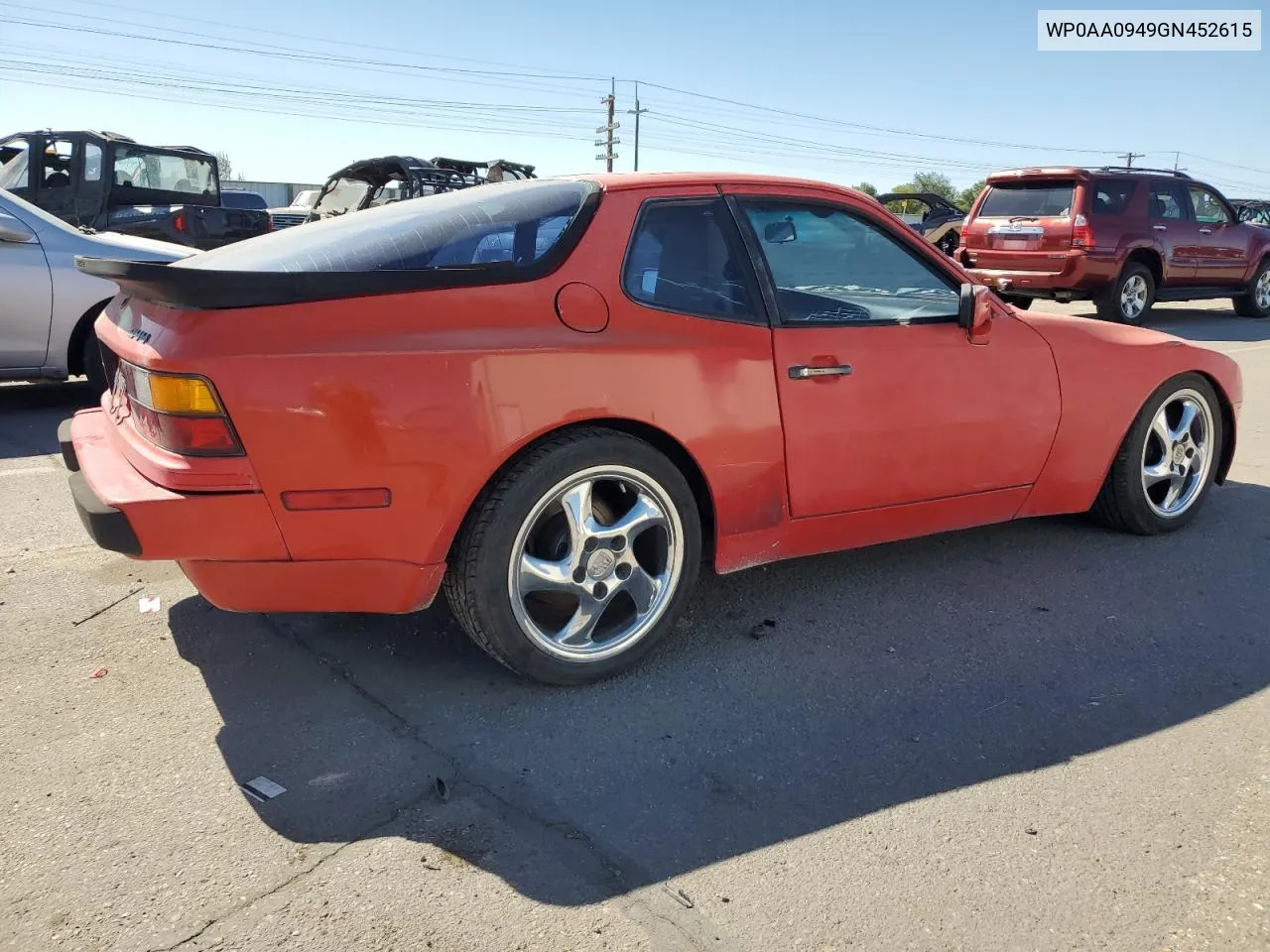Porsche 944 (20)
1987 Porsche 944
1984 Porsche 944
1983 Porsche 944
1985 Porsche 944
1987 Porsche 944
1991 Porsche 944
1986 Porsche 944
1985 Porsche 944
1983 Porsche 944
1983 Porsche 944
1989 Porsche 944
1986 Porsche 944
The history of the Porsche 944 is closely intertwined with the development of the automobile industry in the 1980s. First introduced in 1982, this car was designated as the successor to the legendary Porsche 924 and immediately became popular among car enthusiasts due to its design, characteristics and dynamics.
Designed as a low-cost alternative to the 911 and 928, the Porsche 944 featured a front-engine, transaxle-type transmission, which provided a more balanced weight and excellent handling. The car also offered good comfort and reliability, making it an attractive choice for daily use.
Modifications and years of production
During the production of the Porsche 944, which lasted from 1982 to 1991, several modifications were released, each of which had its own characteristics:
- Porsche 944 (1982-1985): The original model, equipped with a 2.5-liter engine and developing up to 163 hp. Some early models had problems with body corrosion.
- Porsche 944S (1987-1988): Improved version with a more powerful engine, the output of which was up to 190 hp. This model was equipped with a more modern fuel injection system.
- Porsche 944 Turbo (1985-1991): This variant was equipped with a turbocharged engine capable of producing up to 250 hp, making it one of the fastest cars of its time.
Colors and quantity sold
Throughout its life, the Porsche 944 was available in a variety of color options, including classic black, red, blue and white, as well as more exotic shades such as metallic blue and green.
The exact number of Porsche 944s sold varies by region and year, but is estimated at over 163,000 units. This makes the model fairly common on the used market, making parts and maintenance easier for owners.
The most successful and problematic aspects
Among the most successful aspects of the Porsche 944 are:
- Design: The stylish and recognizable design, developed in the signature Porsche aesthetic, makes the 944 attractive to many car enthusiasts.
- Handling: Thanks to its balanced design and low center of gravity, the Porsche 944 has excellent handling both on the track and in corners.
- Reliability: Overall, the Porsche 944 is considered a fairly reliable car that can last for many years if properly maintained.
However, like any car, the Porsche 944 has its problematic aspects:
- Corrosion: Some early models are prone to body corrosion issues, particularly around the rear fenders.
- Cooling System: Some owners experience problems with the engine cooling system, which can lead to overheating and serious damage.
- Electrical: Some models suffer from electrical problems such as broken wiring or faulty ignition systems.
Overall, the Porsche 944 remains one of the most iconic and recognizable cars that continues to attract the attention of car enthusiasts around the world.
Summary
The model's variability is astounding: from sporty versions to comfortable coupes, each Porsche 944 has its own characteristics and appeal. The combination of style, performance and comfort makes this model an ideal choice for both racing and everyday driving.
- Colours and years of production: The Porsche 944 is available in a wide range of colours, from classic to bright and original. The model's production years span from 1982 to 1991, offering a variety of choices in both colour and performance.
- Sales and Popularity: The Porsche 944 was extremely popular among car enthusiasts and collectors. Despite its successful sales, some models faced problems such as engine reliability and electrical components. However, due to its unique aesthetics and performance, the Porsche 944 remains popular among classic car enthusiasts.



















































































































































































